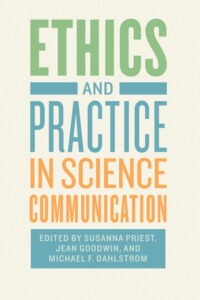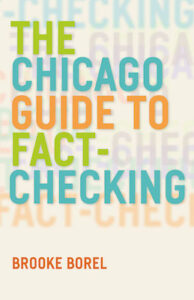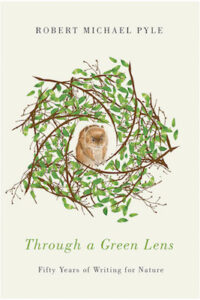Are you someone who enjoyed reading Melissa Harrison’s “All Among the Barley,” “At Hawthorne Time,” or “Clay?”
Perhaps you’re a regular reader of her “Nature Notebook” column in The Times.

Are you someone who enjoyed reading Melissa Harrison’s “All Among the Barley,” “At Hawthorne Time,” or “Clay?”
Perhaps you’re a regular reader of her “Nature Notebook” column in The Times.

When it comes right down to it, science communication is a modern development in the ancient art of rhetoric. However as rhetoric is, at its heart, interested in how an audience may be convinced of a writer’s or speaker’s argument, the question eventually must be asked as to what ethical considerations must be taken into account when communicating scientific information to an audience.

When I was at university, I had the privilege of studying under the direction of one of the century’s great scholars of religious history, Dr. Richard Rohrbaugh. Professor Rohrbaugh specialized is the analysis of the early Christian period through the paradigm of socio-cultural anthropology. For all the things I learned from him I shall never […]

Robert Michael Pyle has been writing about nature for one year more than I’ve been drawing breath. And while I consider myself reasonably well-read when it comes to his published books, I know that an additional and significant portion of his writing has seen print in a host of different periodicals, anthologies, and in introductions to the books of other writers.